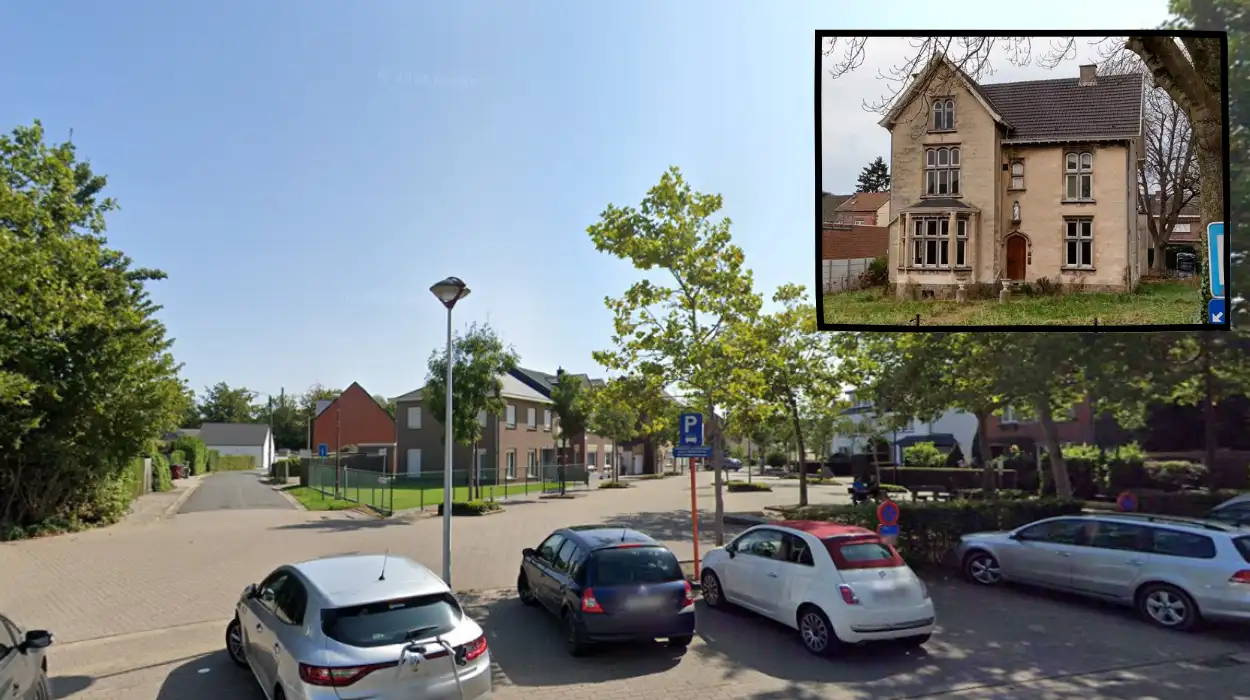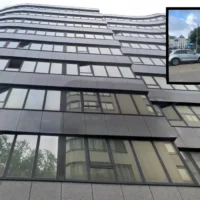Kanne (Brussels Morning Newspaper) – The historic rectory in Kanne, Riemst, will undergo renovation to preserve its cultural heritage and restore its architectural charm.
There will be a brasserie in the building that is accessible to those with impairments. Although there have long been plans to repurpose the structure, there have been some challenges because the rectory is a protected landmark.
The Kanne rectory is a protected structure that hasn’t been used since 2006. According to the Belgian publication Belang van Limburg, the church council and the non-profit organization Cura from Kanne have entered into a lease agreement to renovate the abandoned rectory and give it a new use.
“As soon as the building permit has been issued, we can continue with the renovation of this historic building,”
Says Davy Renkens of Cura, chairman of the municipal council in Riemst (CD&V).
“We’re going to create a brasserie there, where we want to employ people with disabilities. There will also be a community hall where local associations can meet, an exhibition space where people can exhibit or make music, and a space for the music academy. You could describe it as a community center.”
The building was originally intended to be fully renovated by 2024.
“But because it’s a historic building, there were quite a few obstacles to overcome,”
Says Renkens.
“You can’t just start doing that, so we first sought extensive advice on heritage matters. We also consulted with various organizations regarding accessibility.”
“Moreover, the cost price has risen considerably in the meantime. As a result, we needed some extra time to negotiate with suppliers and companies.”
“It’s very important that the local community can benefit. That’s why we work exclusively with local contractors.”
Much of the preparation work has already been completed, particularly on the unprotected portions of the building. After receiving approval, they can concentrate on the wooden floors and ancient windows. After that, they can begin painting and plastering in preparation for its April 2026 opening.
“It’s a beautiful building. Once renovated, it will be one of the most beautiful buildings in the area,”
Concludes Renkens.
“I’m from Kanne myself and live just around the corner. I’ve always thought it was a beautiful building, and the fact that we can now also give it a social function is, of course, an added value.”
What specific challenges did the protected monument status pose for the renovation plans?
Renovations must maintain the original architectural features and cannot involve unapproved structural changes. This limits what modifications can be made to adapt the building for new uses such as a brasserie. For example, use of modern materials like cement may be prohibited because they detract from the historic character.
Any restoration work must comply with heritage conservation laws and obtain approvals from heritage and monument protection authorities, often leading to delays and additional bureaucratic steps.
Renovations must use original or historically accurate materials (e.g., specific types of wood, stone, brickwork) to maintain authenticity, which can be costly and difficult to source.



